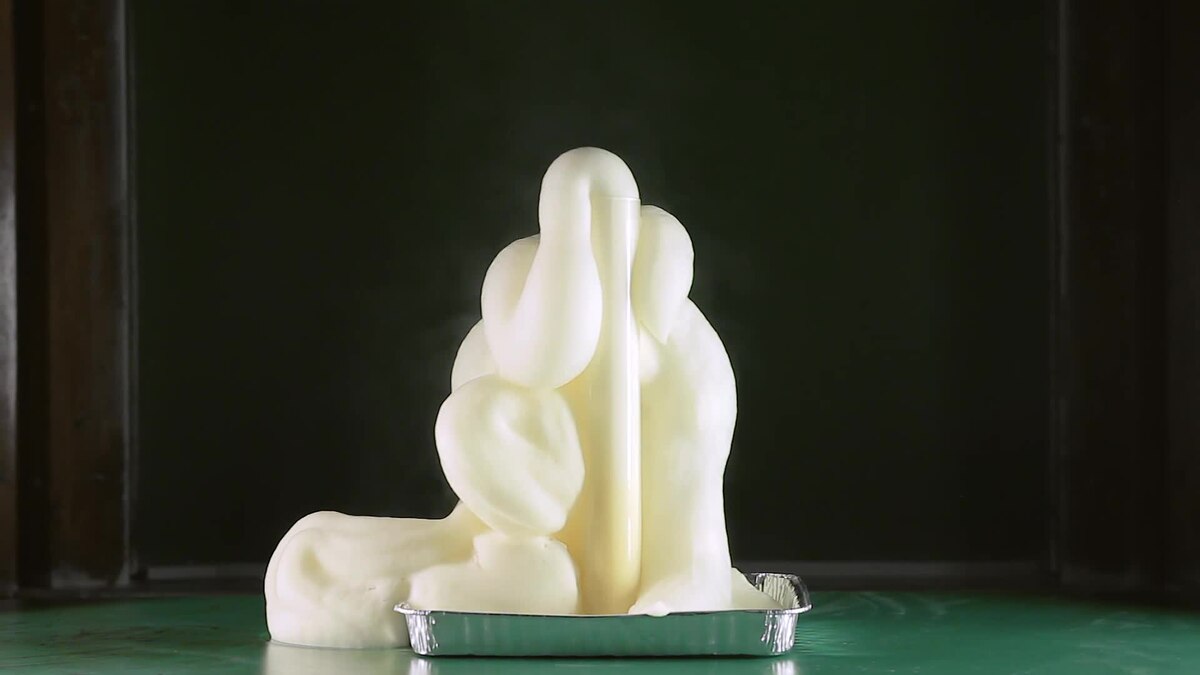
Ever wondered if smokeless tobacco is just as intriguing as its smoky counterpart? Well, buckle up because you're in for a treat! Smokeless tobacco, often overshadowed by cigarettes, holds a world of facts that are as fascinating as they are surprising. From its historical roots to its modern-day usage, there's a lot more to this tobacco form than meets the eye. Whether you're a trivia buff, curious about different tobacco products, or simply looking for some jaw-dropping facts, understanding smokeless tobacco will definitely add to your knowledge arsenal. Smokeless tobacco is not just an alternative to smoking; it's a whole different ball game with its unique characteristics and facts. Let's dive into the 18 best facts about smokeless tobacco that will leave you amazed and possibly, a bit more informed.
Key Takeaways:
- Smokeless tobacco, like chewing tobacco and snuff, is not a safe alternative to smoking. It can lead to cancer, gum disease, and heart issues due to nicotine absorption.
- Despite cultural significance and global market variations, smokeless tobacco poses health risks. Efforts to reduce its use include warning labels and increased taxes. The debate on harm reduction continues.
What is Smokeless Tobacco?
Smokeless tobacco refers to tobacco products that are used by means other than smoking. These products are consumed without burning the tobacco, and they come in various forms, including chewing tobacco, snuff, and snus. Unlike cigarettes, smokeless tobacco is not inhaled into the lungs but is instead absorbed through the tissues in the mouth.
Types of Smokeless Tobacco
- Chewing tobacco comes in loose leaves, plugs, or twists of dried tobacco that users chew to release nicotine.
- Snuff is finely ground tobacco that can be dry or moist; it's often snorted or placed in the mouth.
- Snus is a moist, steam-pasteurized tobacco, usually sold in small pouches that users place under their upper lip.
Health Risks Associated with Smokeless Tobacco
Smokeless tobacco is not a safe alternative to smoking cigarettes. It contains nicotine, which is addictive, and can lead to a variety of health issues.
- Regular use can increase the risk of developing cancer, particularly mouth, esophagus, and pancreatic cancer.
- It can also lead to gum disease, tooth decay, and tooth loss due to the direct contact of tobacco with gum tissues.
- Nicotine absorption can contribute to heart disease and high blood pressure.
Misconceptions About Smokeless Tobacco
Many believe smokeless tobacco is a safer option than smoking. However, this is a misconception.
- Smokeless tobacco contains over 30 carcinogens, making it far from a safe alternative.
- It can also lead to nicotine addiction, similar to cigarettes, making it difficult for users to quit.
Smokeless Tobacco and Its Cultural Significance
In some cultures, smokeless tobacco has been used for centuries and is deeply ingrained in tradition.
- In South Asia, it's common to use betel quid, a mixture that includes areca nut and tobacco, as a cultural practice.
- Native American tribes have used tobacco in ceremonial practices for generations, though not always in the form of modern commercial smokeless tobacco products.
The Global Market for Smokeless Tobacco
The market for smokeless tobacco varies significantly around the world, influenced by cultural, regulatory, and economic factors.
- In Sweden, snus is a popular alternative to smoking, and its use is widespread.
- Conversely, in Australia, strict regulations on smokeless tobacco have limited its availability and use.
Efforts to Reduce Smokeless Tobacco Use
Public health campaigns and regulations aim to reduce the use of smokeless tobacco due to its health risks.
- Many countries have implemented warning labels on smokeless tobacco products to inform users of the health risks.
- Taxes on smokeless tobacco products have been increased in several regions to discourage purchase and use.
The Debate on Harm Reduction
There's ongoing debate about whether smokeless tobacco can play a role in harm reduction for smokers.
- Some argue that switching from cigarettes to smokeless tobacco can reduce health risks, as it eliminates inhalation of smoke.
- However, health experts caution against substituting one addictive and harmful product for another.
The Future of Smokeless Tobacco
With the rise of alternative nicotine products, the future of smokeless tobacco is uncertain.
- Innovations like nicotine pouches, which don't contain tobacco leaf, are gaining popularity as an alternative to traditional smokeless tobacco.
- Regulatory changes and increased awareness about the health risks of all tobacco products may influence the prevalence of smokeless tobacco use in the future.
A Final Nod to Smokeless Tobacco Facts
Smokeless tobacco, often seen as an alternative to smoking, carries its own set of risks and facts that can't be ignored. From its historical roots to the modern-day implications on health, understanding these aspects is crucial. While it might seem like a safer bet compared to traditional cigarettes, the health implications, including cancer and dental issues, highlight the need for caution and awareness. Knowledge is power, and being informed about what goes into your body is the first step towards making healthier choices. Whether you're considering quitting or just curious about the effects, these facts about smokeless tobacco provide a clear picture of its impact. Remember, making informed decisions about your health can lead to a better quality of life in the long run.
Frequently Asked Questions
Was this page helpful?
Our commitment to delivering trustworthy and engaging content is at the heart of what we do. Each fact on our site is contributed by real users like you, bringing a wealth of diverse insights and information. To ensure the highest standards of accuracy and reliability, our dedicated editors meticulously review each submission. This process guarantees that the facts we share are not only fascinating but also credible. Trust in our commitment to quality and authenticity as you explore and learn with us.


